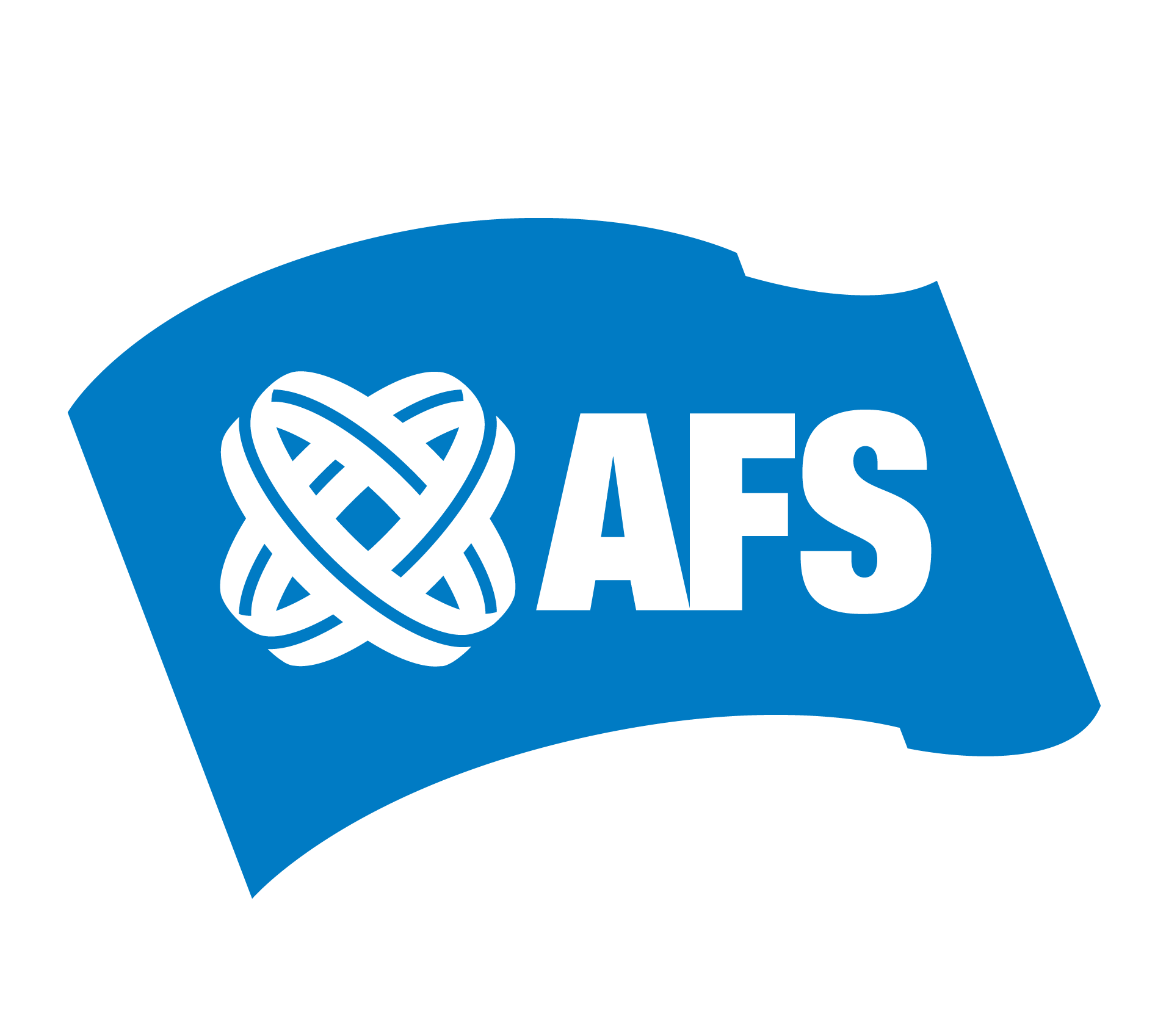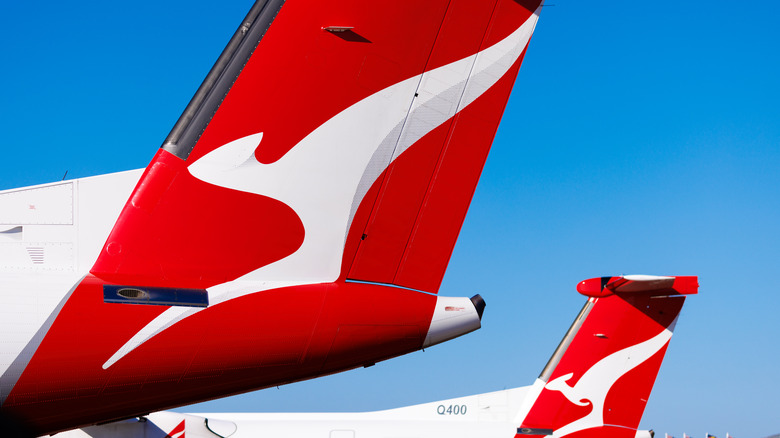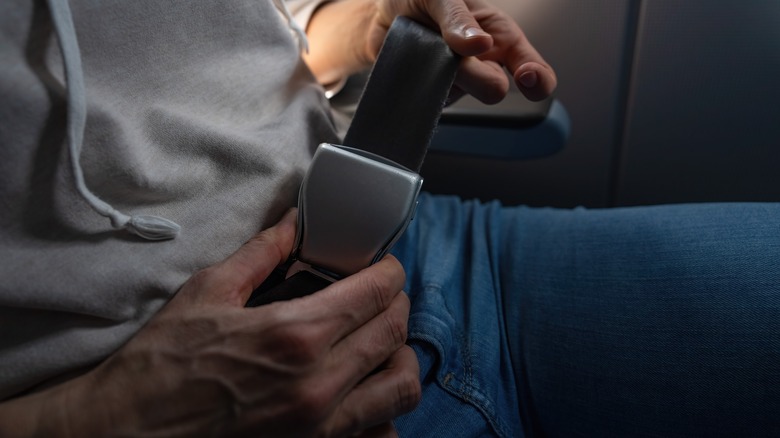Whether you’re a seasoned traveler who flies on a monthly basis or someone who takes a single trip every few years, finding effective ways to survive a long-haul flight can feel overwhelming. After all, just the mere thought of being confined inside an airplane cabin for hours on end can be enough to make you reconsider your travel plans altogether. That is, until now.
Announced all the way back in 2017, Qantas’ cloud-breaking, nonstop 22-hour flight from Sydney to New York is revolutionizing how travelers think and feel about hitting the skies for what’s practically an entire day. Thanks to a fully revamped fleet of aircraft (the shiny new Airbus A350-1000) aimed at prioritizing passenger comfort and wellbeing during this marathon journey, the Australian airline is shaking things up by introducing an entirely new cabin design that’s unlike anything out there. Featuring fewer seats than a normal plane (238 versus the usual 300+), a dedicated “wellness zone” with specialized hydration and stretching stations, specially designed economy seats, and lavish first-class suites, it’s basically what in-flight dreams are made of.
Originally scheduled to launch in late 2025 and then later in 2026, Qantas has pushed back the debut of these ultra-long-haul flights to 2027, when they’re expected to take off for the first time under the name “Project Sunrise.” Although bookings aren’t available yet, Qantas’ International CEO, Cam Wallace, has mentioned that travelers can expect a 20% uptick in ticket prices compared to the airline’s existing stopover routes — which would set prices at around $15,000 for a one-way trip.
Everything you need to know about Qantas’ 22-hour flight
How Project Sunrise compares to other ultra-long-haul flights
At the time of writing, the longest non-stop commercial flight in operation is Singapore Airlines’ route from Singapore to New York City (JFK, to be exact), covering about 9,537 miles in roughly 18.5 hours. However, that’s all destined to change with the launch of Project Sunrise, which will blow the record out of the water by tacking on an extra four hours of flight time. As for runners-up, Qatar Airways holds the current title for the second-longest current route between Auckland and Doha, which covers 9,031 miles and boasts a flight time of around 16 hours.
That said, what makes Project Sunrise so unique isn’t just the additional distance it plans to cover (although that’s a pretty impressive feat on its own) — it’s all of the research and prep work that has gone into developing these flights. Starting in 2019, Qantas conducted a series of research flights — with only a handful of passengers on board — where scientists from Sydney University’s Charles Perkins Centre and Monash University monitored people’s sleep patterns, food consumption, and overall crew alertness levels throughout the duration of the trip. These findings ultimately helped shape the soon-to-be final version of Qantas’ A350-1000 cabin design and service approach. Both of which aim to make these hyper-long flights not just survivable but also as comfortable as they can possibly be.




